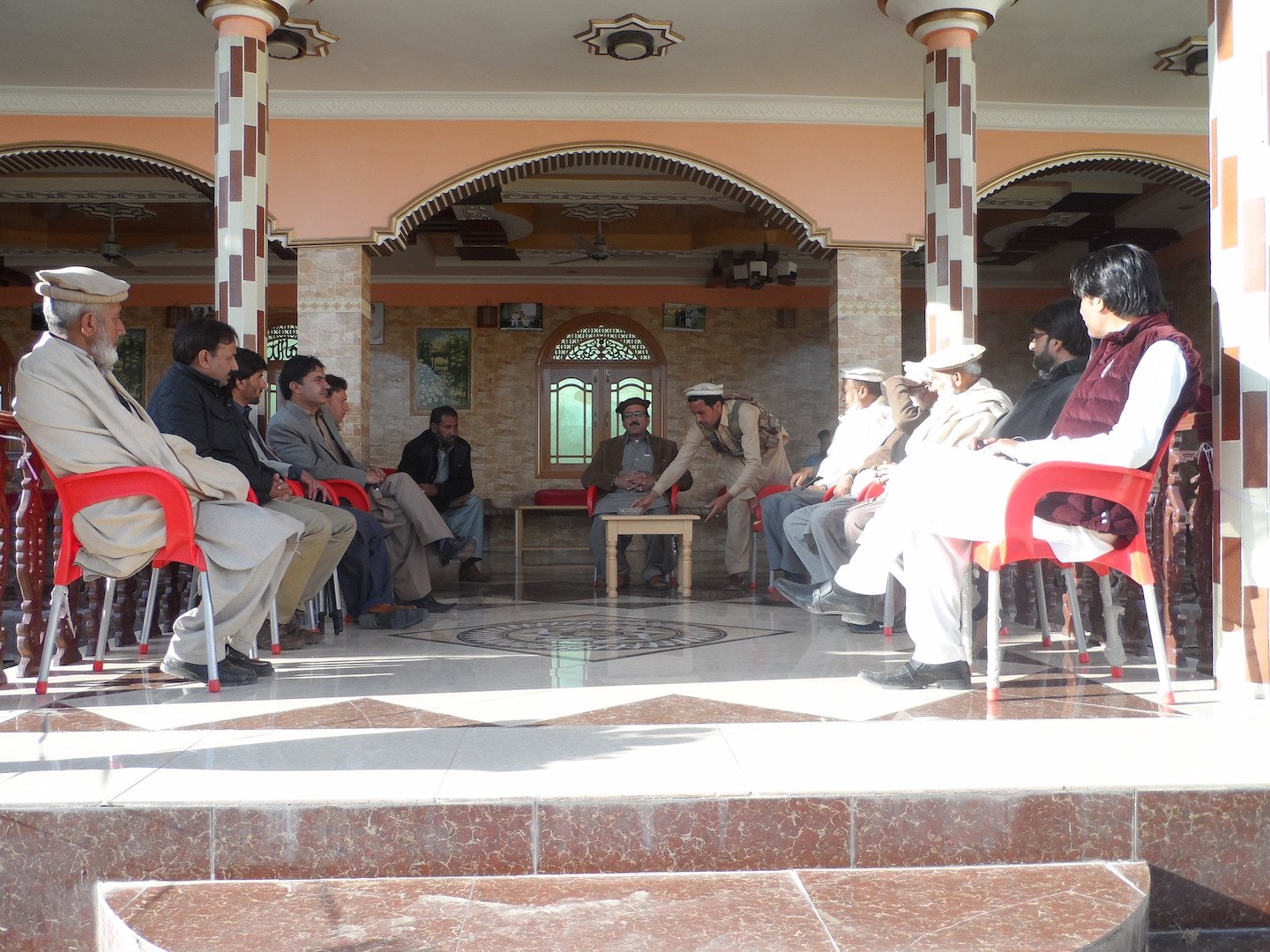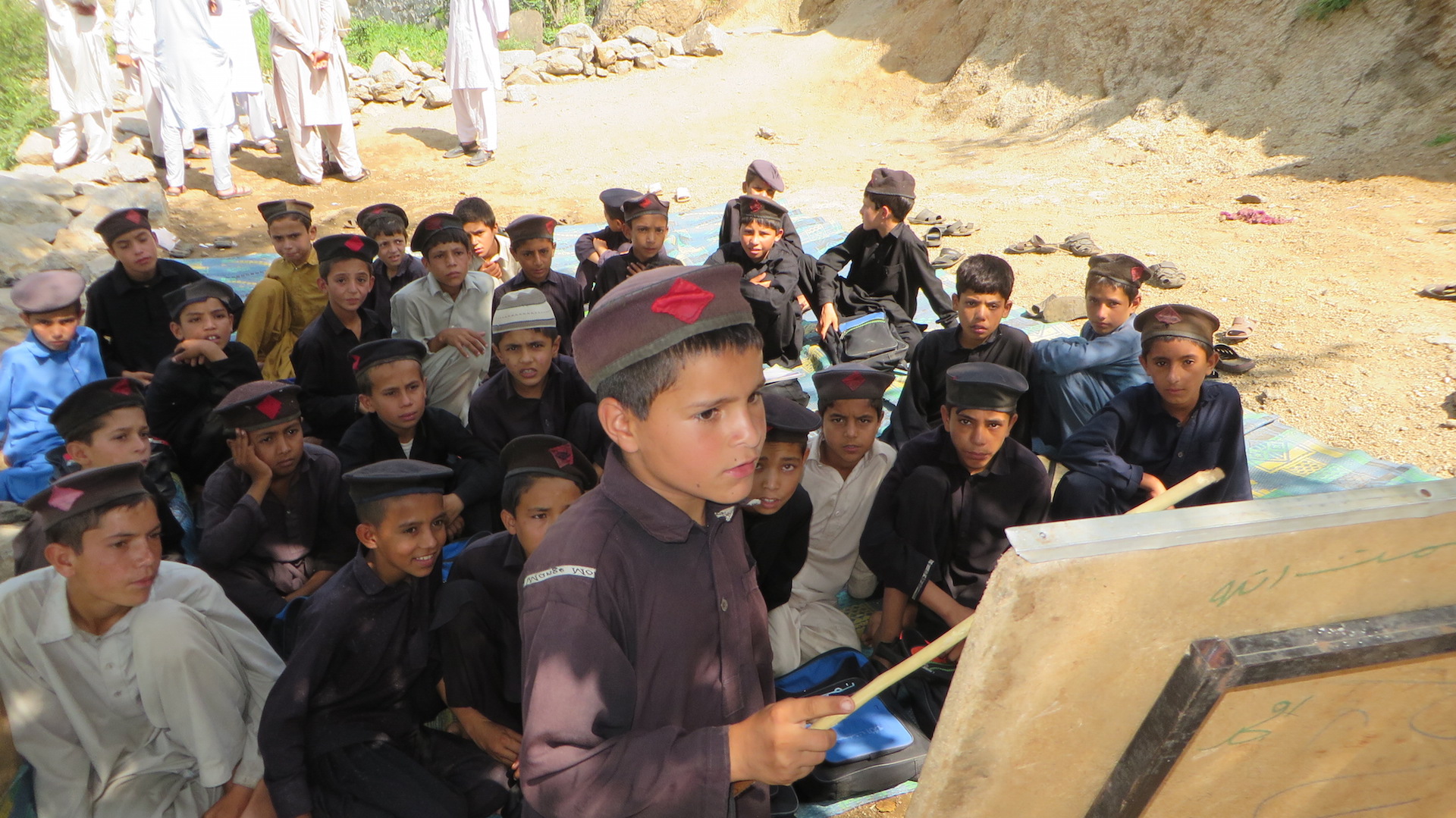Corruption and controversy
A more controversial aspect of the reform package is the plan to merge FATA into neighbouring Khyber Pakhtunkhwa Province.
Some Pashtuns, FATA’s largest ethnic group, instead favour a united “Pashtunistan” that would also include parts of Afghanistan. In fact, many Pashtuns in both countries reject the border, which is known as the “Durand line” after Mortimor Durand, a British foreign secretary who in 1893 drew a 2,600-kilometre border through the middle of the Pashtun homeland.
Two political parties that are aligned with the government oppose the merger. Both Pashtoonkhwa Milli Awami and Jamiat Ulma-e-Islam-Fazal draw their core support from Pashtuns in the frontier region, and both say that FATA should instead become its own province.
"The reforms in current form are tantamount to Pashtun enmity by the establishment," said Muhammad Usman Khan Kakar, a senator with PMAP.
However, a poll by the Islamabad-based think tank FATA Research Centre found widespread support for merging FATA with Khyber Pakhtunkhwa. Of those surveyed, 54 percent endorsed the idea fully and 20 percent partially, while 26 percent said FATA should be a separate province.
"We want to get rid of the colonial system and laws," Muhammad Asif told IRIN, as he made a sale at his furniture shop in the busy market town of Khar.
"The reforms will give us legal and constitutional rights that we have been deprived of for generations," he said. “At the moment, there is a sense of deprivation and alienation in the tribal people.”
Another fear is that the plan will facilitate corruption, which is a major problem in Pakistan. With $10 billion at stake, some in FATA worry that much of it might disappear into dishonest contracts.
“FATA is already notorious for corruption and we fear the proposed development package will open new avenues of corruption for contractors and mafias,” said Zeb, the tribal elder from Salarzai, in Bajaur Agency.
Hayat, of the frontier regions ministry, dismissed such concerns and said local businesses stand to gain from the influx of development money, although larger projects would likely go to the Frontier Works Organisation, which is part of the military’s engineering wing.
While the government says it’s not worried about corruption, neighbouring Afghanistan provides a stark lesson in the dangers of pouring reconstruction money into a conflict zone. The Special Investigator General for Afghanistan Reconstruction found that much of the $113 billion the United States has pumped into Afghanistan since 2001 has been lost to corruption and waste, even as the war has gotten worse.
While Pakistan’s military gains in FATA cannot be underestimated, the region is far from conflict free. On 31 March, a car bomb killed at least 24 people in Kurram Agency; there are army checkpoints all over FATA. Security officials have warned that the so-called Islamic State is expanding recruitment in Pakistan and coordinating with other militant groups to carry out attacks.
Next steps
Some of the political and legal reforms will require parliament to approve constitutional amendments. The government should have enough support to get them passed, although officials have yet to say when they will be tabled for a debate before the vote.
The government has the power to unilaterally allocate the development funding, and some argue that it should have already put more towards reconstruction in the wake of an offensive that has left ruins of homes, hospitals, and other public buildings across the region.
“The government has not given us [even] a meager compensation for our homes destroyed during the military operation, but is [now] promising us trillions of rupees for development,” said Malik Waris Khan Afridi, a tribal elder in Khyber Agency who is part of a group petitioning the Supreme Court in a legal challenge the government’s reform plan.
Hayat said he was optimistic the first tranche of funding would be allocated in the 2017-2018 budget, to be announced in June, and that it would be directed mainly towards developing light industry and irrigation, as well as building hospitals and schools.
That would go a long way in filling a huge void in public services, and it is hoped that better access to education will deter young men from joining militant groups. A recent report by Pakistan’s education ministry found that 58 percent of children in FATA do not attend school. Those that do, like Khan’s students, often have no desks to sit in or roof over their heads.
"We don't have a schoolhouse. Therefore, we have to observe a holiday in the case of rain or a storm," he said, standing in his classroom on a barren hilltop.
as/jf/ag



